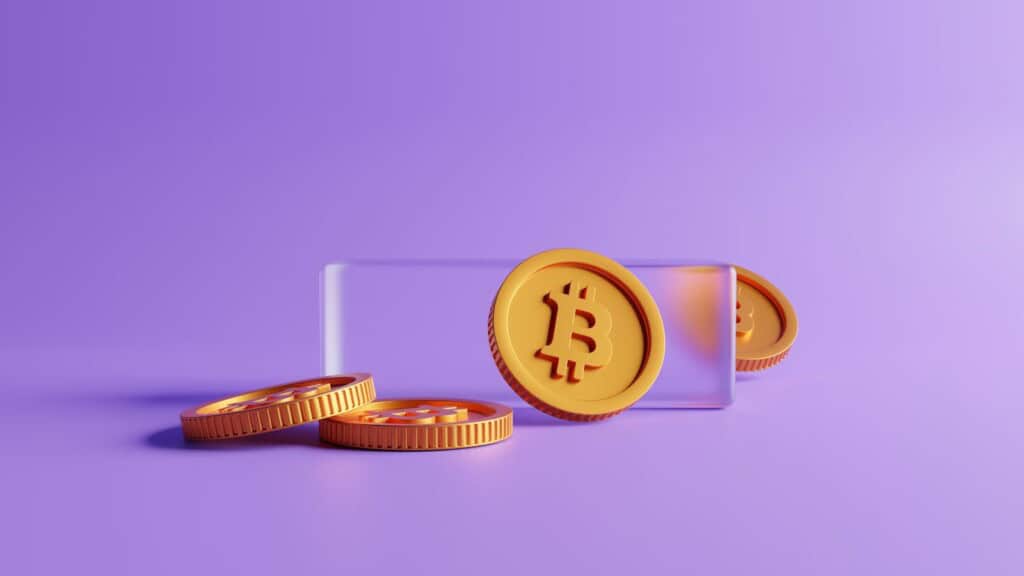
Institutional adoption of Bitcoin has done more than drive up market confidence—it’s forcing legal and regulatory systems to evolve. As firms like BlackRock and JP Morgan incorporate Bitcoin into their portfolios, questions around compliance, securities classification, custodial obligations, and jurisdictional oversight are moving to the forefront of financial law.
This shift is not just theoretical. The impact is visible in real time—just look at Bitcoin price live, which now reflects not only retail speculation but growing institutional confidence and legal validation. The presence of regulated financial entities brings new expectations around accountability and risk, which regulators are quickly working to define.
In this article, we explore how institutional involvement is shaping Bitcoin’s legal landscape and what this means for the cryptocurrency’s future.
Bitcoin’s Biggest Institutional Adoption
BlackRock is by far one of the biggest institutional investors and adoption enablers.
They undeniably changed everything for Bitcoin in a groundbreaking move in January 2024, when they started to offer exchange-traded products in the US, which meant you could track the spot price of Bitcoin. And so Bitcoin spot ETFs were born. They’re essentially holding bitcoins in a secure vault that designated custodians manage, and you can find them on major exchanges like the New York Stock Exchange and Nasdaq. As of today, there are 12 different spot Bitcoin ETFs available.
They also created the iShares (nothing to do with Apple) Bitcoin Trust ETF, which allowed investors to get Bitcoin exposure using the convenience of exchange-traded products that eliminated the common issues associated with holding Bitcoin: tax, custody complexities, and operational barriers.
BlackRock isn’t the only big institutional investor, although BlackRock’s spot ETFs are the largest holders with 1,104,534 BTCs. Other massive institutional investors include:
- Satoshi Nakamoto—1,100,000 BTCs
- Binance—633,000 BTCs
- MicroStrategy—402,100 BTCs
- The US Government—198,109 BTCs
- Chinese Government—194,000 BTCs
And the list goes on as the number of bitcoins held decreases.
How Institutional Adoption is Changing Bitcoin: The Present
One of the biggest institutional investors is the US government. It might be further down the list right now, but they’re about to rocket to the top.
On March 6th, 2025, President Donald Trump signed the executive order for the Bitcoin Federal Reserve. That means that, soon, all criminally gained Bitcoin will pool into the Federal Reserve, amounting to billions more worth of BTCs held by the government.
It’s massive institutional moves like this that are solidifying Bitcoin as the leader of cryptocurrencies. Donald Trump wants to use Bitcoin to make America the ‘crypto capital of the world,’ and with the amount of Bitcoin they’ll hold, they definitely will do that.
Moves like Bitcoin spot ETFs and crypto reserves also give Bitcoin credibility. Not that it needed credibility—Bitcoin has its digital tendrils spread far and wide into mainstream financial institutions, eCommerce, and the list could go on. But, still, it gives investors confidence and puts Bitcoin alongside massive financial institutions that are here to stay.
How Global Institutional Adoption is Changing Bitcoin’s Future
Institutional adoption is not just an American thing anymore. Globally, institutions are snapping up Bitcoin faster than anyone expected. Hong Kong just approved Bitcoin ETFs, giving Asian investors easy access to Bitcoin through familiar investment routes.
In Europe, Switzerland continues to be a crypto powerhouse. Swiss banks like SEBA and Sygnum are offering Bitcoin custody and trading, helping European investors who were hesitant about using exchanges.
Even countries like the United Arab Emirates are pushing Bitcoin into the mainstream, using favorable regulations and tax advantages to attract businesses.
Global institutional adoption is creating a powerful network effect. Each country or company that normalizes Bitcoin makes the next adoption that little bit easier. That’s why Bitcoin’s future does not just belong to the US anymore. It belongs to the world. It’ll be interesting to see what the rest of 2025 brings.
What’s Happening With Bitcoin Now?
After months of painful trade tension, the United States and China have agreed to a 90-day truce. And Bitcoin has reacted like a rocket.
Prices surged past $105,000 after the announcement. It was a new level not seen for months. Experts predict it’ll at least hold steady, if not rally again, as the trade wars relax. Market sentiment has shifted from cautious optimism to full-on excitement.
The Crypto Fear and Greed Index climbed fast, but not too fast, meaning there is still gas in the tank for more gains.
The interesting part is that Bitcoin is moving differently compared to traditional safe-haven assets. Gold dropped while Bitcoin climbed, showing that investors see Bitcoin more as a growth asset now rather than just a store of value.
ETF inflows are also strong, pulling billions into the market and reinforcing that big players are not only buying Bitcoin, they are committed to holding it. These moves, combined with easing inflation and a possible rate cut on the horizon, set the perfect conditions for a Bitcoin rally to new highs. Some analysts even predict a run toward $150,000 by the end of the year.
Institutional adoption of Bitcoin is no longer just a theory, it is the new reality shaping the future of the cryptocurrency world. The new wave of ETF approvals, the global warming toward crypto, and the softening of economic tensions are all pouring fuel on Bitcoin’s fire.

